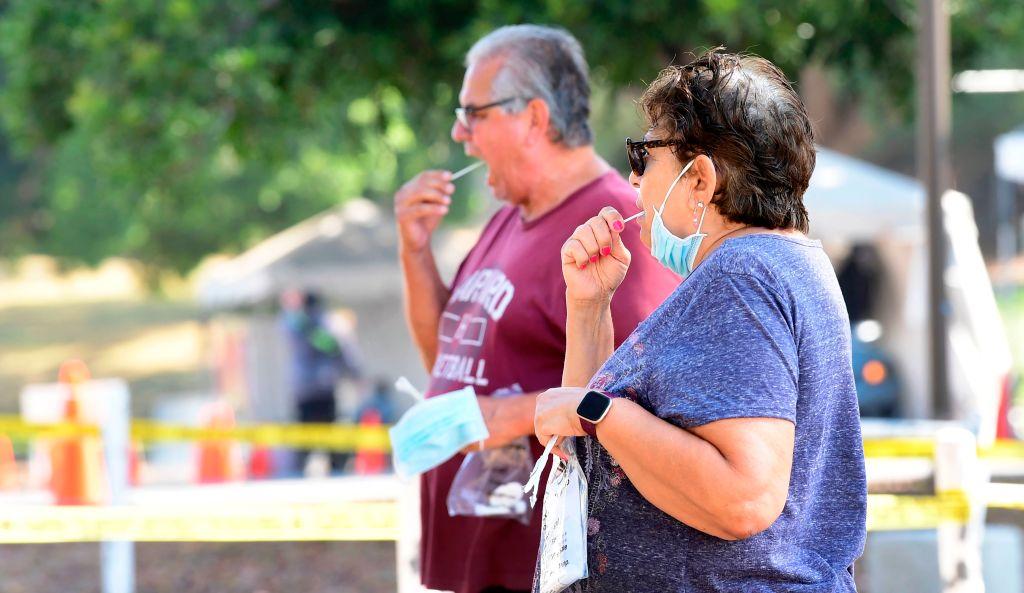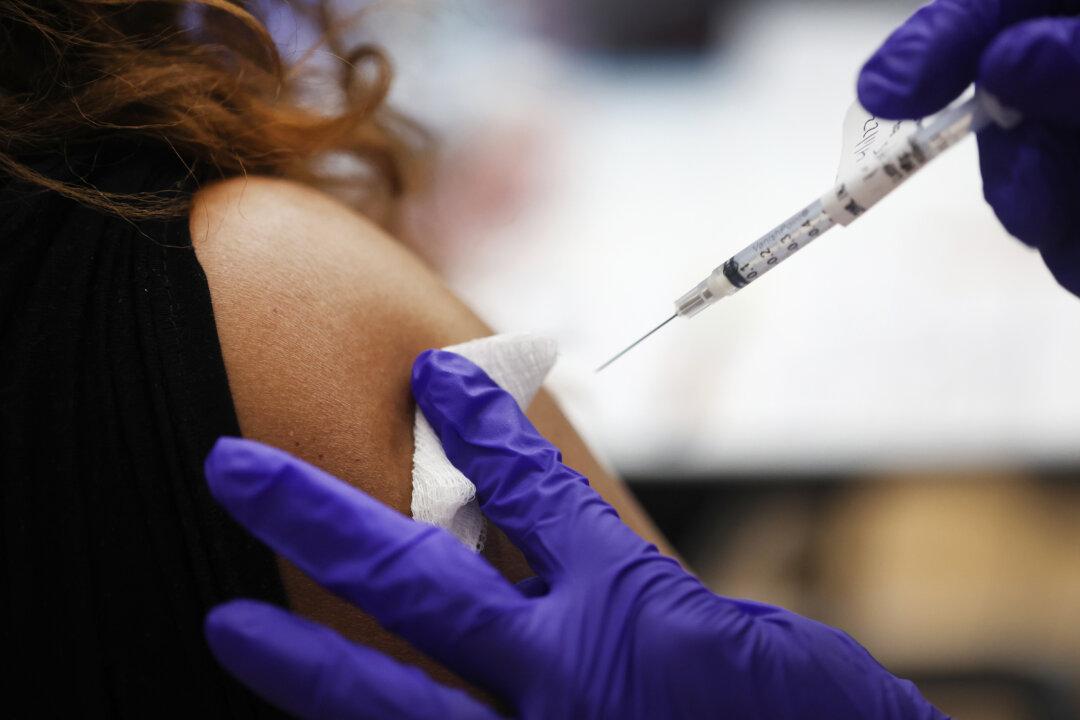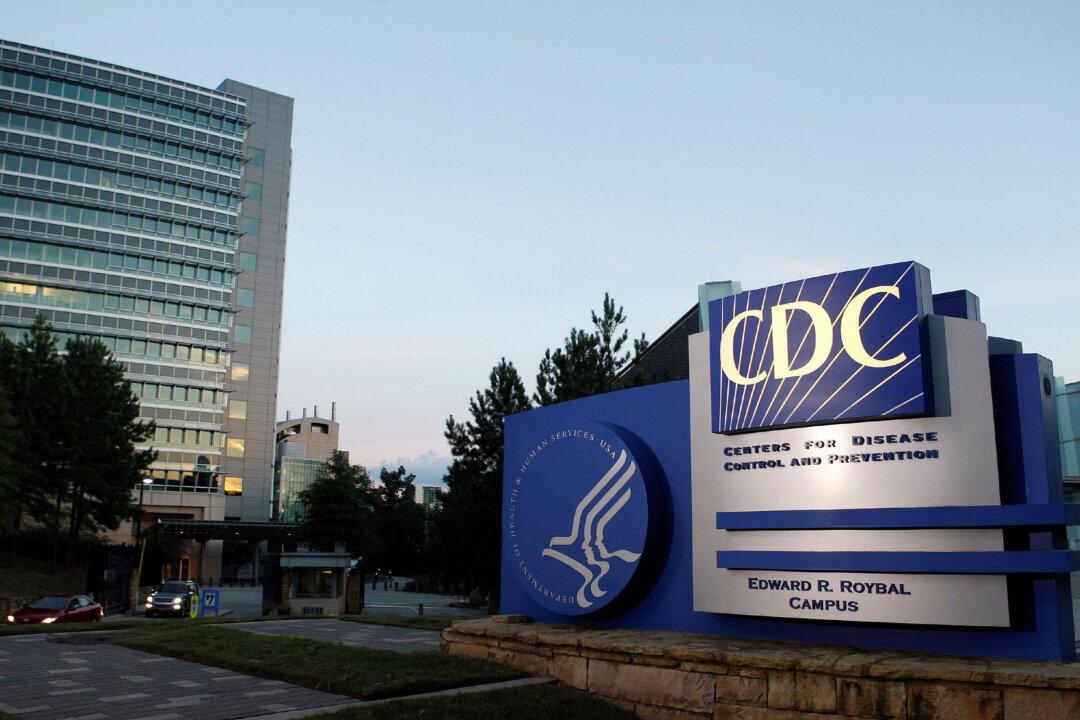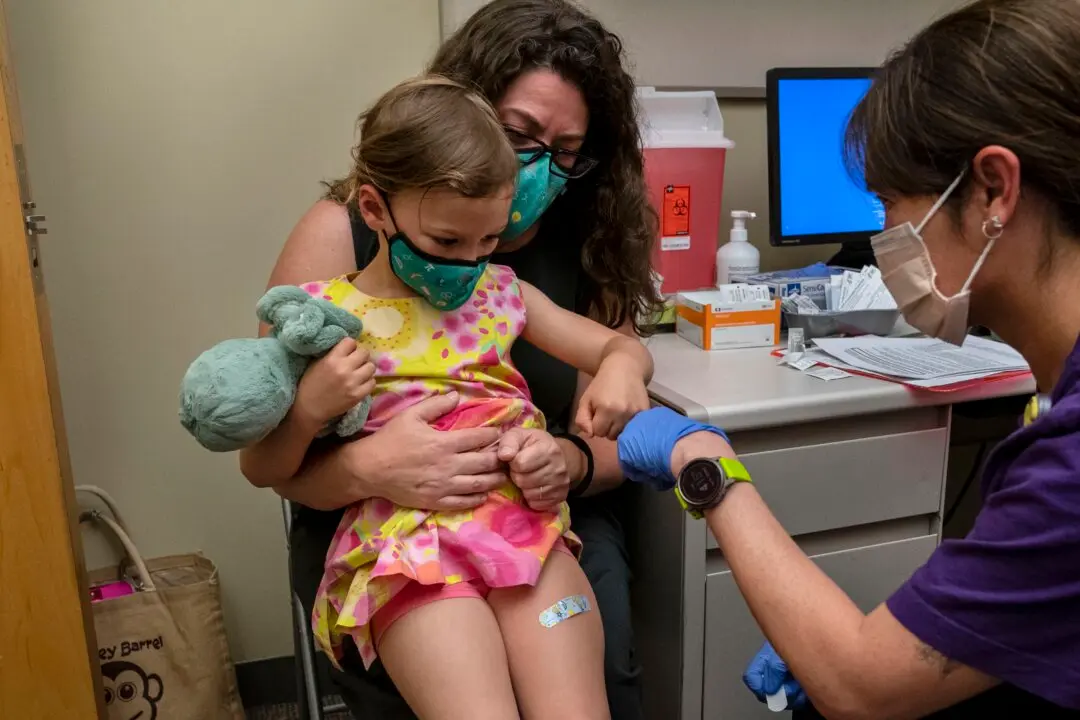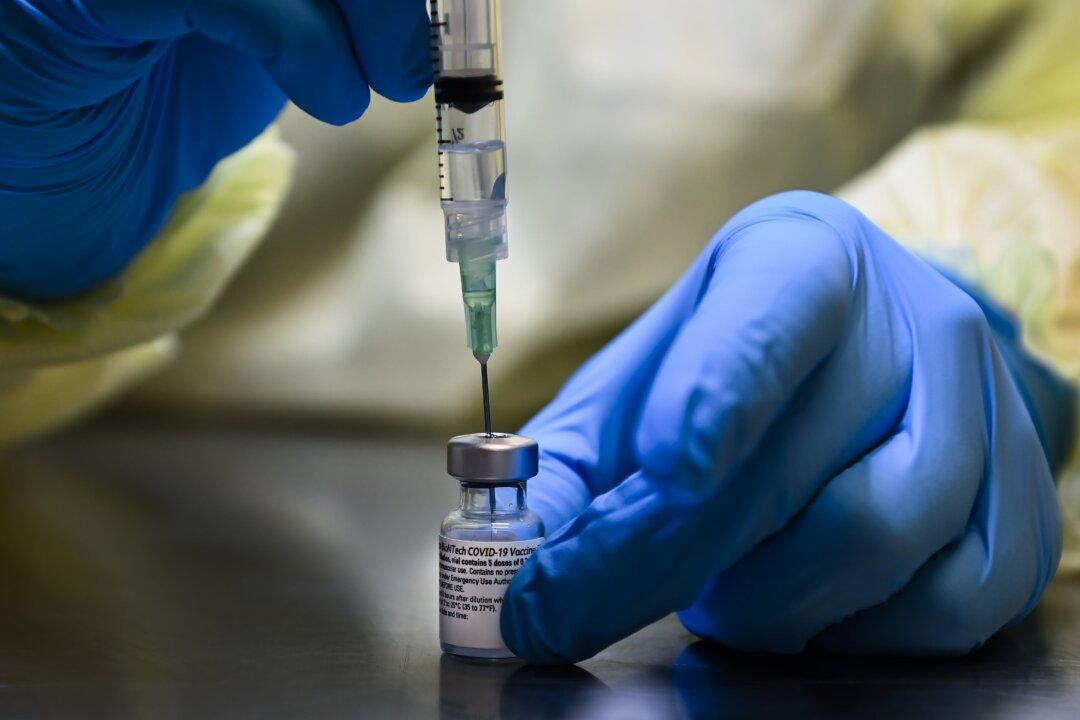The most recent study from China on the prevalence of infection after a lockdown found no transmission of the CCP virus among people who were in close contact with asymptomatic patients, contradicting the current narrative that asymptomatic transmission plays a major role in the pandemic.
An asymptomatic carrier is someone who has not displayed symptoms after being infected, but may spread the virus to others. This is different from someone who is presymptomatic, meaning the person doesn’t feel or look sick, but eventually shows symptoms later, and does transmit the virus during that presymptomatic phase.

